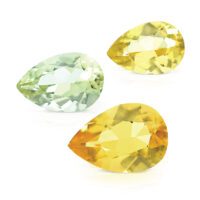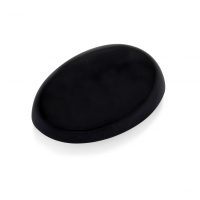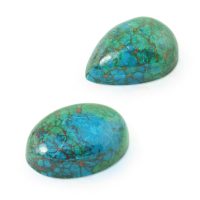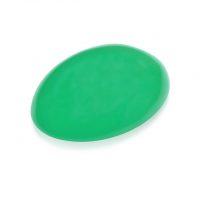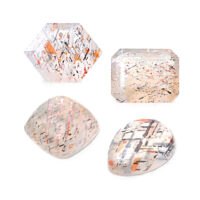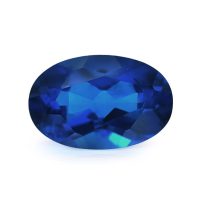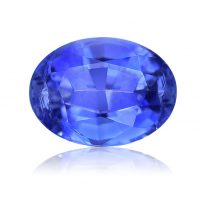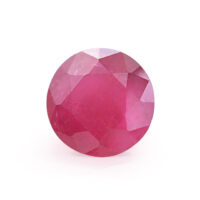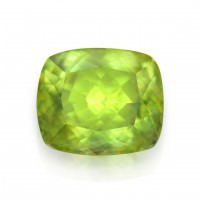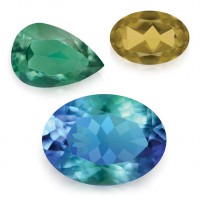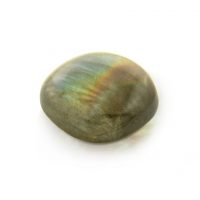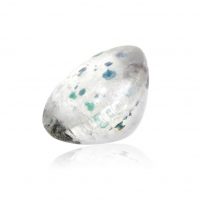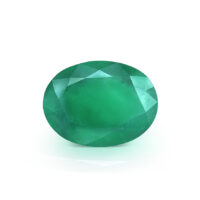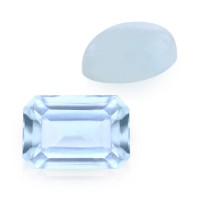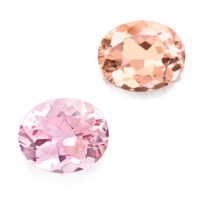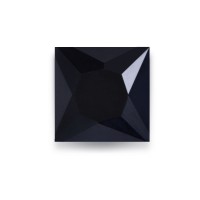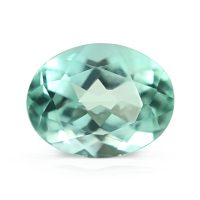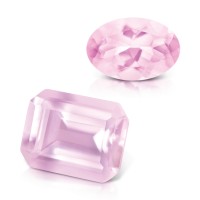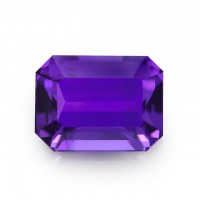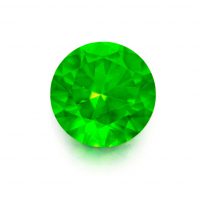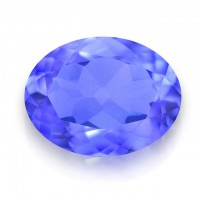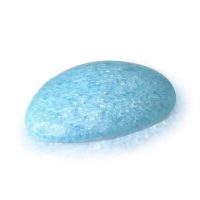

Named for its esteemed locale, Pilbara Tiger Iron is a beautifully unique Aussie gemstone exclusive to Western Australia, prized globally for its stunning color palette and signature banded patterns. Wonderfully displaying vibrant layers of contrasting colorful golden yellows, outback reds, midnight blacks, and metallic greys, Pilbara Tiger Iron is a natural fusion of three stunning gemstones: Hematite, Jasper and Tiger’s Eye. Fine-quality Pilbara Tiger Iron can be challenging to source, noting our gems are old mine production, being unearthed by a mineral specimen trader approximately 15 years ago.
Hardness 6.5 – 7
Refractive Index 1.534 – 1.540
Relative Density 2.58 – 2.64
Enhancement None
Beauty
Undeniably beautiful, Pilbara Tiger Iron’s striking, undulating (wavy) patterns predominately consist of alternating bands of golden Tiger’s Eye, silver and black metallic Hematite, and red, brown or black Jasper. The uniquely colorful appearance of Pilbara Tiger Iron is also highlighted by a fine, mirrorlike luster.
Used in both jewelry and ornamentation, Pilbara Tiger Iron’s major value determinants are color (attractive, colorful contrasting patterns) and cutting quality (polish condition). Understandably, Pilbara Tiger Iron’s characteristic banding dictates what sizes and shapes best reveal this unique gemstone’s complex beauty. Banding fineness/thickness, along with color beauty/contrast/intensity, differentiates gemmy/jewelry and ornamental qualities.
Correct color orientation and deft lapidary is absolutely critical for Pilbara Tiger’s Iron; its chatoyancy is dependent on its fibers positioned parallel to the base, and is most visible in a direct, single beam of light. Pilbara Tiger Iron is optimally cut ‘en cabochon’ (cut in convex form and highly polished, but not faceted) to accentuate the signature color patterns that make each gemstone visually unique. Cut with an excellent finish, proportion and shape, Pilbara Tiger Iron displays finely banded attractive colors with a superior polish affording excellent luster, key quality considerations for this gemstone.
The modern name Quartz is derived from the Saxon word ‘querklufterz’, meaning cross-vein-ore. Despite its appearance, Tiger’s Eye (also Tiger Eye) is actually a variety of macrocrystalline (large crystal) Quartz, a group which also includes Amethyst and Citrine. Cryptocrystalline (small crystal) Quartz gemstones include Agate, Chalcedony, Jasper, and Onyx. Once popular in mourning jewelry and an important iron-ore, Hematite is prized for its high, metallic luster. The best-known variety of Cat’s Eye or Chatoyant Quartz, Tiger’s Eye is also called Crocidolite Cat’s Eye or African Cat’s Eye. Derived from the French ‘oeil de chat’ (cat’s eye), Chatoyancy appears as a single bright reflective line of light, similar to a cat’s eye. Chatoyancy is created by the reflection of light from long needle-shaped inclusions occurring in a parallel arrangement. Coveted since antiquity, Tiger’s Eye is aptly named for its resemblance to the eye of a tiger. Tiger’s Eye is actually a pseudomorph (one mineral replaces another) where oriented fibers of Crocidolite have been replaced by silica creating the cat’s eye effect, with iron-oxide providing the stripes. Also known as ‘Tiger’s Eye Matrix’, Tiger Iron is classified as an altered, banded, ironstone rock, being made up of different minerals. Tiger Iron is named for ‘Tiger’ in Tiger’s Eye, and ‘Iron’ for ironstone/Hematite’s composition. Partially formed by ancient oxygen producing cyanobacteria, Tiger Iron’s wave like patterns are due to the alteration of various sedimentary layers over billions of years. Around 1.8 – 2.8 billion years old, Tiger Iron is a variety of ironstone, an iron-rich highly metamorphosed, sedimentary rock valued for its iron ores, formed within banded iron formations (BIF). Occurring through the accumulation of shallow sea sediments and water heated by volcanic activity, massive BIF deposits are found in several locations around the world. Tiger Iron and Tiger’s Eye do look similar and can be mistaken, but on close inspection, are relatively easily differentiated. Other Tiger’s Eye varieties include Bull’s Eye (reddish-brown), also known as Cherry Tiger’s Eye, and Hawk’s Eye (bluish-green), also known as Falcon’s Eye. Driven by interest in Harry Potter, Tiger Iron is sometimes incorrectly called ‘Mugglestone’ (loosely and wishfully derived from Mucklestone or Moclestone, a village in Staffordshire). While ironstone was once widely mined in Britain at Stoke on Trent and North Staffordshire, this iron-rich sedimentary rock is not the same composition as true Pilbara Tiger Iron.
Rarity
Predominately mined in South Africa, Tiger’s Eye is also found in Australia, Brazil, India, Namibia, Sri Lanka, and the USA. While ironstone can occur in other countries, Tiger Iron is a unique gemstone found in the Ord Ranges banded iron formation of Western Australia’s East Pilbara Shire. Nearly all commercial Tiger Iron mining, as well as its finest specimens, hail from the Ord Ranges, but Tiger Iron is also occasionally found at Marra Mamba in Western Australia’s Ashburton Shire (Source: Mindat.org).
The Ord Ranges are 60 kilometers east of Port Hedland, north of the Great Northern Highway. Pilbara Tiger Iron occurs within a highly folded banded iron formation, Chert, Jaspilite, and Shale unit of the metamorphosed Archean Nimingarra Iron Formation. Most of the deposit experienced incredible heat and pressure during its formation, resulting in Tiger Iron’s folded banding.
Pilbara Tiger Iron is also one of the few gemstones that are totally natural and unenhanced, accentuating its rarity and value.
Durability & Care
Pilbara Tiger Iron is a durable gemstone (Mohs’ Hardness: 6.5 – 7) well-suited to everyday wear. Always store Pilbara Tiger Iron carefully to avoid scuffs and scratches. Clean with gentle soap and lukewarm water, scrubbing behind the gem with a very soft toothbrush as necessary. After cleaning, pat dry with a soft towel or chamois cloth.
Map Location

Click map to enlarge






